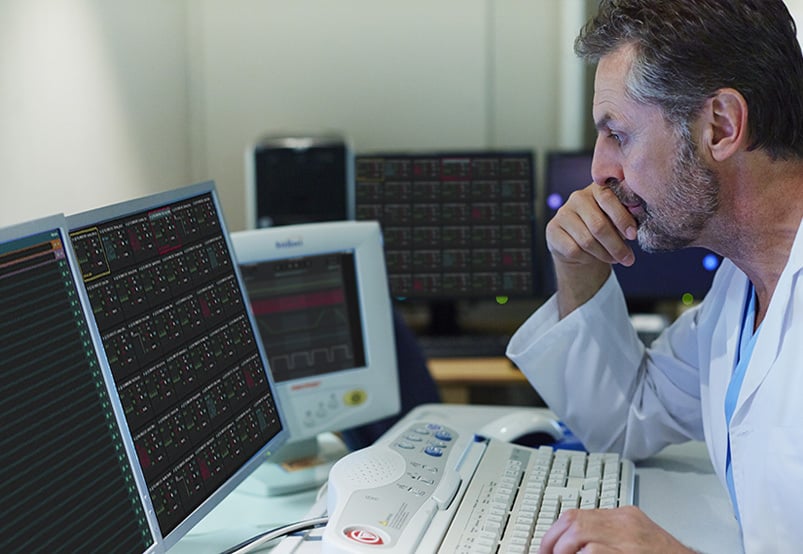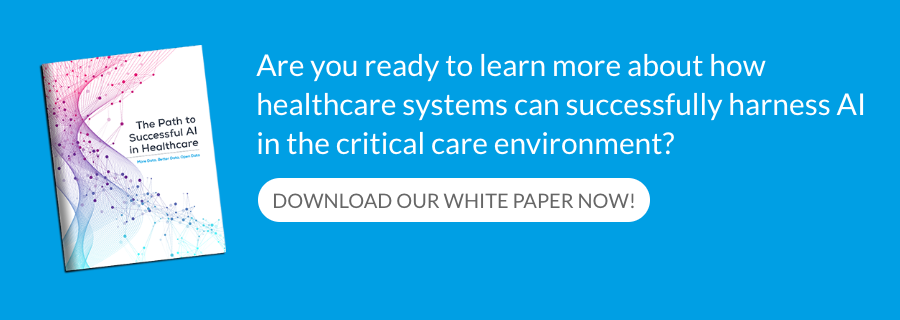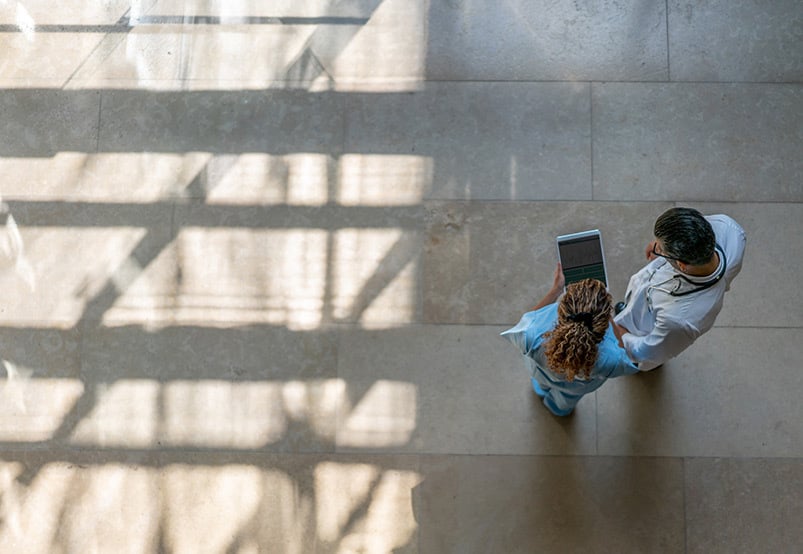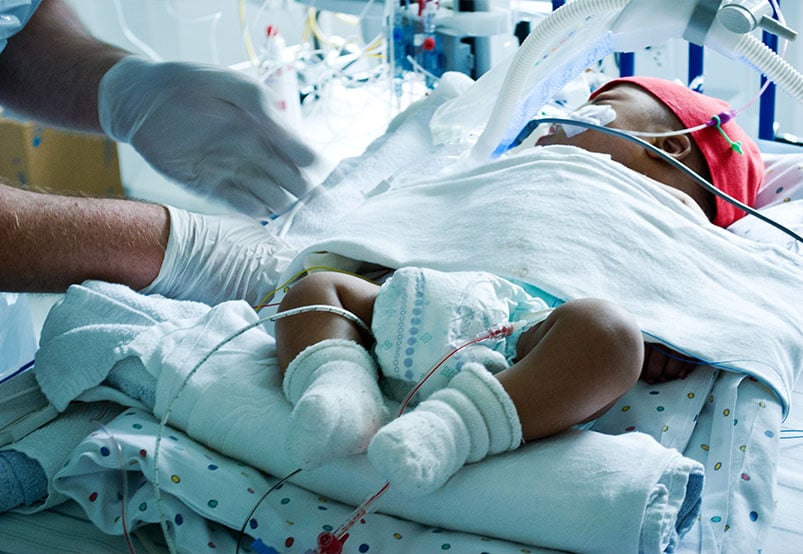
Virtual care can enable anytime, anywhere monitoring. It is no secret that at the center of COVID-19 pandemic is the fact that there simply aren’t enough ICU beds to support the number of cases. Also at the top of the list are concerns around healthcare provider shortages.
Bed & Provider Shortages
As we look at the situation in Italy, widespread panic is beginning to occur due to the fundamental issue at hand of having to possibly refuse care to higher risk patients. The U.S. is doing everything we can to not follow suit.
We actually have the technology to solve the problem. Specifically we could leverage current remote monitoring solutions and stand up virtual ICUs within days. It’s just a matter of the technology leaders joining forces. MIC is leading the pack to make it a reality.
Virtual Care Everywhere
The U.S. is already rapidly deploying alternatives to add bed capacity by escalating new construction of units, installing pop-up tents, buying hotels, or leveraging schools and other large facilities. The next step in the equation is how to monitor those patients that are now critically ill. The answer: software based, remote monitoring.
MIC’s FDA-cleared Sickbay platform was designed specifically for this purpose. Sickbay continuously and automatically collects waveform data across disparate biomedical devices and transforms that data into software-based monitoring apps to enable flexible vendor-agnostic remote monitoring workflows and virtual ICUs across any unit, any facility. This means that we could stand-up virtual command centers for any of these new pop-up facilities anywhere. It also means that any provider, even if they were in isolation, could be helping to monitor patients from their office, home, or quarantine area to help provide triage support to care teams that are on the ground.
This isn’t the first time MIC has had to help during a crisis. We have experience enabling remote workflows such as this in the past when treating infectious diseases and caring for regional trauma and health crises. For example:
-
During the ebola crisis, MIC helped to create the first pediatric isolation unit in the country at Texas Children’s Hospital in Houston. Building an isolation unit requires redesigning workflows, visualization of monitoring data beyond the bedside, and the integration of data from all sources in the unit into your electronic health record (EHR) system – all of which was possible to quickly respond to the outbreak.
-
During Hurricane Harvey in 2017, providers were able to remotely monitor patients from their homes, on their PCs, to provide coverage to staff on the floor. This helped to expedite intervention and reduce patient risk when staff could not physically reach the hospital to relieve teams that were riding out the storm.
The question: If technology is available to solve the problem… what are we waiting for?
Creating “Pop-Up” Hospitals
Hospitals that already have Sickbay can turn on additional beds to enable all of the above at the flip of a switch.
To be clear, we recognize that there are other components to standing up a complete solution including the monitoring devices themselves, networking, and storage. Thankfully MIC has strong partnerships with leading technology providers and medical device manufacturers. We are working with them to create a COVID-19 Consortium that would bring together best-of-breed solutions to create these pop-up hospitals with remote monitoring capabilities to help save lives during this pandemic.
“We have a clear mission to help save lives,” Emma Fauss, CEO of MIC, said. “It is important in this time of urgency that we enable a solution that will help make the best of the resources we have. The United States needs to increase the number of patients that can be monitored by healthcare providers. As a country, we need to be able to triage patients at scale and allow clinical teams to be deployed strategically with remote monitoring capabilities.
“This problem, COVID-19, presents a bigger challenge than any one organization can solve alone. It demands that we come together and do something that has never been done before, develop a pop-up hospital that can be deployed in a matter of days to any part of the country,” Fauss said. “The technology is available now, and it is up to us to make it a reality. The faster we can do this, the more lives we can save. MIC is poised to be that flexible, scalable, vendor-agnostic solution for the country.”
If you’d like to speak with our Clinical Advisory Team to discuss your COVID response plan and to collaborate on support from Sickbay click here. If you would like to be updated on the status of our COVID Consortium, click here to subscribe to our blog.





